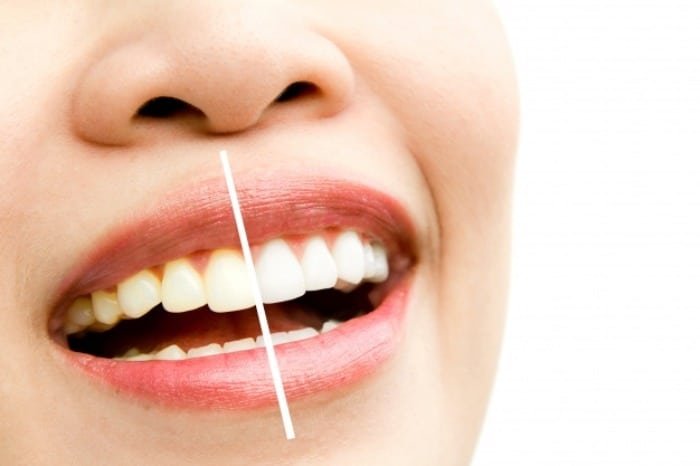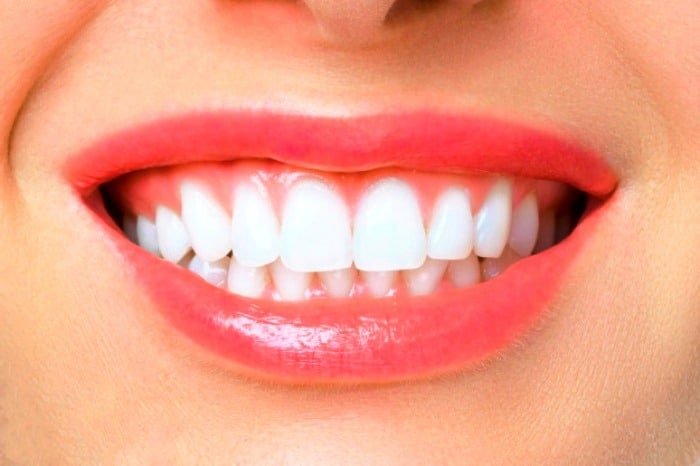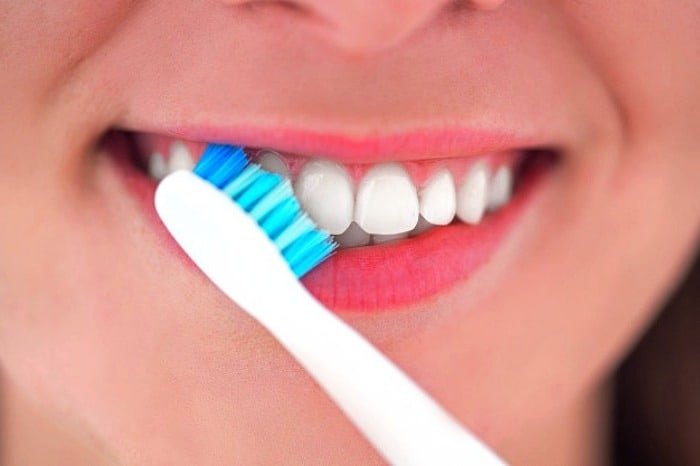Investigating the main causesDental plaque
Dental plaque is a sticky film that forms on teeth. Scientists refer to plaque as a “biofilm” because it is a collection of living microbes surrounded by a polymer layer. This sticky coating helps the microbes attach to your teeth and spread.
There are differences between plaque and tartar. When plaque remains in the mouth, minerals from saliva accumulate, forming a white or yellow substance known as tartar.
Tartar builds up along the gum line and the back of the teeth. While brushing can help reduce it, you must visit a dentist to completely remove it.
How is plaque diagnosed?
Most of the time, plaque is either colorless or pale yellow. A dentist can see the plaque formed on your teeth during oral examinations using a small mirror.
As mentioned, plaque is pale yellow or colorless and may be hard to see, which is why it’s essential to maintain good oral hygiene and visit the dentist every six months to ensure your mouth and teeth are healthy. You can also ask your dentist for tips on brushing andflossingfor advice.

Additionally, to remove formed plaque from your teeth, use special plaque-fighting tablets. Not taking action to remove dental plaque can lead to various problems, including:
Loss of tooth enamel:The acids produced by bacteria lower the pH level in your mouth and damage tooth enamel.
Inflammation:The accumulation of bacteria leads to gum inflammation.
Bad breath:The formation of plaque on teeth weakens oral hygiene andcan cause bad breath.What causes plaque formation, and why is it harmful?
Plaque forms when carbohydrate-containing foods (
starchand sugar) like milk,soda,honey, sugar,raisins,ice cream, dry cereals likechips,cookies, orcandyremain on the teeth, creating bacteria that produce acids in the mouth.Over time, these acids erode the tooth enamel, leading to
cavities.Plaque can also affect the roots of the teeth and destroy them.Tooth location
Cavities mainly occur in the back teeth. These teeth have many grooves; while these grooves help with chewing food, they can also trap food particles. Cleaning back teeth is harder than cleaning the front teeth, making them more prone to cavities and enamel loss due to plaque.
Dry mouth:

Dry mouth occurs due to a lack of saliva, which plays a crucial role in preventing cavities.
Salivacleans food particles and plaque from the surface of the teeth, and the minerals in saliva help repair early cavities. Saliva also limits bacterial growth and neutralizes harmful acids in the mouth.Loss of gum tissue:
When gums separate from teeth, plaque forms on the roots. The roots of the teeth are naturally covered with a special coating, but this covering will disappear as the gums recede, exposing the softer dentin underneath, which is more prone to cavities.
Frequent snacking:
Eating sweet snacks frequently increases the amount of sugar on the teeth, eventually leading to more acid production, which ultimately causes tooth decay.
Brushing once a day:
Brushing helps remove soft dental plaque, leftover food, and bacteria. If you don’t brush, plaque won’t wash away and will harden into tartar.
If your teeth get plaque quickly, brush twice a day for about two minutes with a soft-bristled toothbrush. Brush the upper and lower teeth separately, and don’t forget to brush the insides of your teeth.
Not using toothpaste:

Some people brush their teeth without toothpaste, but it’s important to know that toothpaste helps prevent plaque. All toothpaste contains silica particles, which serve as an abrasive to help remove dental plaque more effectively. Use fluoride-containing toothpaste to prevent cavities. Anti-plaque toothpaste helps eliminate plaque and the bacteria that form it.
Not getting regular cleanings:
Regular cleaning removes plaque from teeth and below the gum line. If cleanings are missed, the areas with plaque will easily attract more plaque, leading to further build-up. It’s best to get your teeth cleaned every six months to maintain healthy teeth and gums.
Not using dental floss:
Cleaning between teeth after brushing removes dental plaque from hard-to-reach areas like between teeth and under the gum edges. So, it’s best to floss once at night after brushing. Flossing is essential for those suffering from gum issues.
Not visiting the dentist yearly:
You should visit the dentist once a year to monitor your dental health and prevent your teeth from getting worse. Repairing teeth with fillings that are higher or lower than the tooth surface can lead to plaque and tartar build-up.
Not doingorthodonticswhen necessary:

If your teeth are misaligned or crowded, you may need orthodontics. People with crowded teeth often struggle to brush properly, leading to plaque build-up in hard-to-reach areas, increasing the risk of cavities and tartar. Orthodontics can align teeth to prevent decay and plaque build-up.Drinking mineral water that contains fluoride helps protect tooth enamel and reduces the risk of cavities; however, some types of mineral water contain too much fluoride, so check the label before buying.How can plaque formation be prevented?
To prevent plaque from forming on teeth, dentists recommend brushing at least twice a day with a soft-bristle toothbrush and ensuring proper placement while brushing. Additionally, it’s important to follow a balanced diet and reduce the number of snacks you consume.
Nutrient-rich foods like
yogurt,
cheese,
raw fruits and vegetables likeceleryare very helpful in removing leftover food from teeth, and the saliva produced by consuming these foods helps control the acid levels in the mouth.Dental plaqueCauses of dental plaque formationHealthy teethPreventing dental plaque







